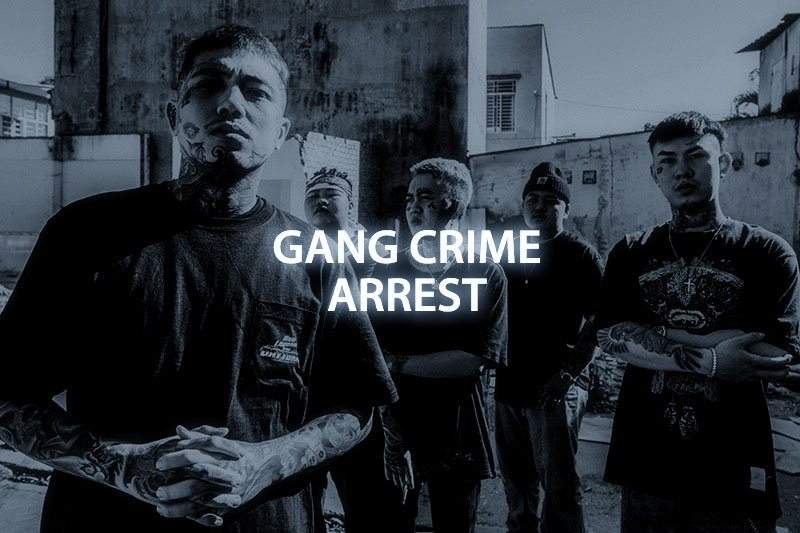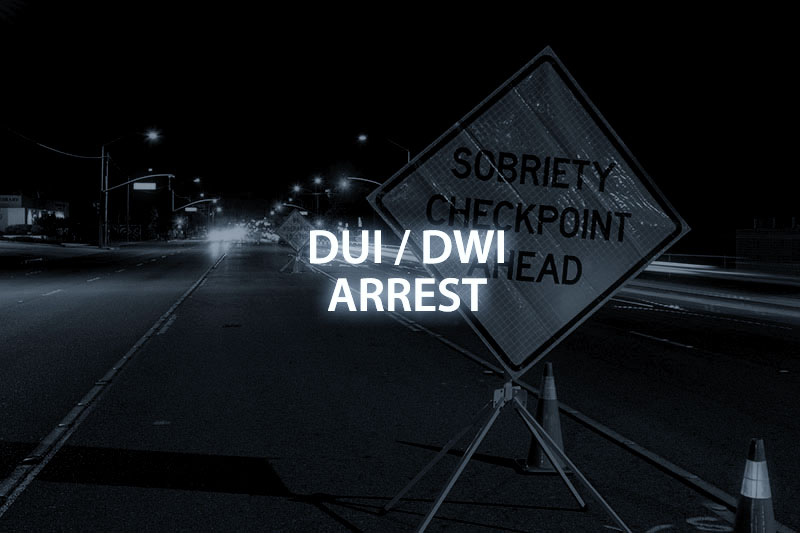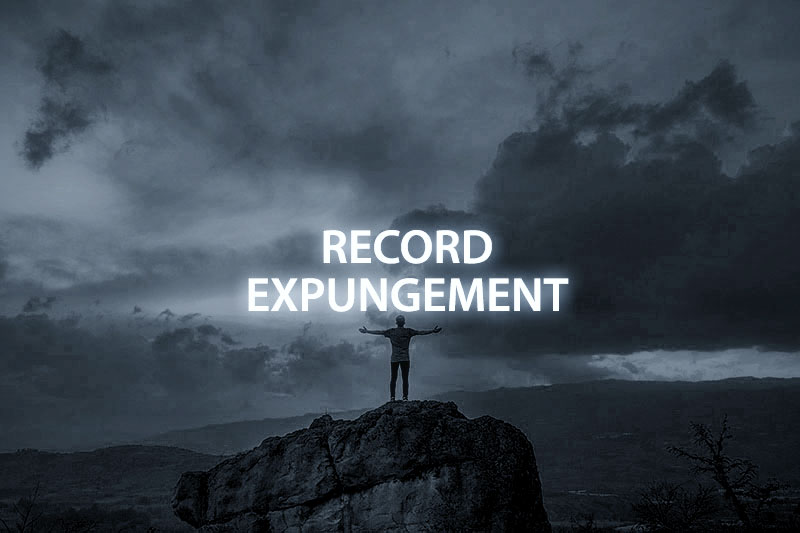Sentencing reform in California, especially concerning gang crimes, signifies a meaningful step towards a more just and humane legal system. These changes recognize that a one-size-fits-all approach does not serve the community or individuals and that courtroom decisions must consider the complexities of each case. It promotes a system where punishment is proportionate, the potential for positive change is acknowledged, and the cycles that perpetuate gang involvement are addressed, not simply punished.
It's essential to conduct thorough research, meet with potential attorneys, and make an informed decision based on your specific needs and circumstances. Taking the time to select the right legal representation can be pivotal in achieving the best possible outcome in your DUI case. Facing DUI charges is a serious matter, but with the right attorney by your side, you can navigate the legal system more effectively and mitigate the impact of the charges on your life. Choose wisely, and ensure your rights and future are in capable hands.
For those navigating the complexities of these legal options, consulting with an attorney who specializes in criminal law can provide clarity. By understanding the nuances between expungement and sealing records, individuals can make informed decisions that align with their personal and professional objectives, ensuring that their past doesn't unjustly dictate their future.
While facing drug crime charges can be daunting, understanding how to challenge the prosecution's evidence can provide a pathway to a more favorable outcome. Whether through arguing illegal search and seizure, questioning the validity of the evidence, or exposing procedural errors, these strategies place the Fourth Amendment at the forefront of your defense. Anyone charged with a drug-related offense should consult with a knowledgeable criminal defense attorney who can assess the specifics of their case and develop an effective defense strategy.




